Reviewed by Corey Noles
So, you upgrade to iOS 18, Apple Intelligence flips on automatically, and suddenly your iPhone 15 Pro is gasping for power like it's running a crypto mining operation in your pocket. Sound familiar? You're not alone – and here's the kicker: even when you turn it off, Apple keeps flipping it back on with every update.
What you need to know:
Apple Intelligence can drain 10-17% battery while sitting idle, according to user reports
iOS updates automatically re-enable the feature, even after you've disabled it
The battery hit affects both iPhones and MacBooks running the AI suite
You'll need to manually disable it repeatedly – there's no permanent off switch
The real battery culprit hiding in your settings
Let's cut to the chase: Apple Intelligence showed up in October 2024, and immediately started wreaking havoc on battery life. Users began reporting dramatic power consumption – one iPhone 15 Pro owner watched their battery drop from 100% to 83% during just 3-4 hours of non-use.
Think of Apple Intelligence as having a really enthusiastic intern working around the clock – indexing your photos for natural language search, analyzing every email for priority scoring, generating notification summaries, and constantly preparing Writing Tools suggestions. The problem? That intern never takes a break, and every background process burns through your battery reserves.
The issue isn't just active AI tasks. Apple Intelligence runs passive background processes that keep your processor busy even when you're not actively using any AI features. Your iPhone is essentially running a small data center in the background, processing everything from your morning texts to calendar appointments.
PRO TIP: Check your battery usage stats before and after disabling Apple Intelligence. Many users report going from 15-20% end-of-day battery to their normal 40%+ levels.
Here's what makes this particularly frustrating: Apple released iOS 18.2 specifically to address these battery issues, but the optimization attempts fell short. The update tried to throttle background AI processing and reduce idle power consumption, but the fundamental architecture remained unchanged. Apple's on-device AI processing – while genuinely protecting your privacy – creates a constant computational load that older battery management systems weren't designed to handle.
How to actually turn off Apple Intelligence (this time)
The process itself is straightforward – it's keeping it off that's the challenge. Apple Intelligence is available starting with iOS 18.1 and requires specific hardware: iPhone 15 Pro or newer, iPad with M1 chip or later, or Mac with Apple Silicon.
Step 1: Open Settings and scroll down to Apple Intelligence & Siri. If you don't see this option, your device doesn't support the feature – lucky you.
Step 2: Toggle Apple Intelligence off. You'll see a warning that on-device models might be removed, which means your iPhone will actually delete the 4-6GB of AI models that have been taking up storage space and constantly running background processes.
Step 3: Restart your device. This ensures all background AI indexing processes properly shut down and memory gets cleared of any lingering computational tasks.
The catch? Apple Support admits there's no way to disable Apple Intelligence permanently, and they can't guarantee future updates won't re-enable it. This happens because iOS updates treat Apple Intelligence as core system functionality rather than an optional feature – similar to how iOS resets other system preferences during major updates to ensure compatibility with new features.
Don't Miss: Some users report that iOS 18.3.1 automatically enabled the feature, and others found it turned back on even after they'd previously disabled it. One user noted their battery health dropped "from 100% to 97% within just 11 days" – a rate significantly faster than normal battery degradation, which typically runs 1-2% every few months.
Why Apple keeps forcing this digital resurrection
Here's where Apple's business strategy directly impacts your daily battery experience. Apple Intelligence represents their "new chapter in innovation" and a critical competitive response to Microsoft and Google's AI offerings. From a business perspective, keeping users engaged with AI features builds long-term platform stickiness – but this competitive pressure translates into aggressive background processing that prioritizes AI readiness over power efficiency.
There's also a technical architecture reason. Apple Intelligence integrates across various system functions – from Mail's Priority Messages to systemwide Writing Tools and Siri's enhanced capabilities. Disabling it completely could break iOS features that now depend on its foundational models, which explains why iOS updates reset the toggle to ensure system stability.
The European situation reveals just how deeply embedded Apple considers AI integration. Apple delayed Apple Intelligence in Europe until 2025 due to Digital Markets Act compliance concerns, specifically citing that regulatory requirements could "compromise the integrity" of their products. This suggests Apple views AI integration as so fundamental to iOS functionality that opening it to third-party interoperability creates security risks they're not willing to accept.
This regulatory resistance connects directly to why Apple can't offer granular control options – their AI architecture was designed as a closed, integrated system where individual components can't be easily isolated without affecting overall performance.
Living with the new AI reality (or opting out entirely)
Now that you understand the technical and business forces at work, let's build a practical strategy. Apple Intelligence does deliver genuine utility – intelligent notification summaries, improved Siri responses for device settings, and genuinely helpful writing assistance across apps.
The question is whether those benefits justify the battery hit and the ongoing cat-and-mouse game with iOS updates. For power users who rely on all-day battery life, the answer is often no. Multiple users report returning to normal battery patterns immediately after disabling the feature, going from ending the day with 15-20% battery to their usual 40%+ levels.
Your progressive strategy approach:
Basic level: Set a calendar reminder to check Apple Intelligence settings after each iOS update, and monitor your battery usage patterns in Settings > Battery to track when the feature gets re-enabled.
Intermediate level: Before updating iOS, screenshot your current Apple Intelligence setting as a reminder, and immediately check the toggle post-update. Some users report success with turning off automatic updates to control when they deal with feature resets.
Advanced level: Consider whether specific AI features (like Writing Tools in specific apps) provide enough value to justify keeping the entire suite enabled, and weigh this against your charging habits and daily usage patterns.
The broader reality is that AI integration across consumer devices is accelerating based on competitive pressure. Apple plans full Siri overhaul by iOS 18.4 in spring 2025, which will likely make these features even more deeply embedded in the iOS experience and potentially more difficult to disable.
What this means for your iPhone's future
The technical, business, and regulatory insights we've covered point to a clear prediction: Apple Intelligence represents just the beginning of a fundamental shift in how iOS operates. Instead of a relatively passive operating system, your iPhone is becoming a constantly active AI assistant that processes, analyzes, and predicts continuously.
The automatic re-enabling behavior we see today will likely become more sophisticated as Apple develops better battery optimization techniques to support their AI ambitions. Their competitive timeline against Google and Microsoft means they'll prioritize AI feature development over user control options, at least in the short term.
However, the battery optimization challenges Apple faced with iOS 18.2 and ongoing user complaints suggest they're actively working on more efficient AI processing. Future updates will likely reduce the power impact through improved chip efficiency and smarter background processing management, but the underlying architecture of constant AI readiness will remain.
For users, this creates a new normal where iOS updates become opportunities for Apple to re-engage you with AI features they consider essential to their platform strategy. The power button for that engagement just happens to be temporary – by design.
Think of it as your iPhone developing its own priorities about what features matter most, with battery life taking a back seat to AI readiness. The choice remains yours, but you'll need to keep making it.




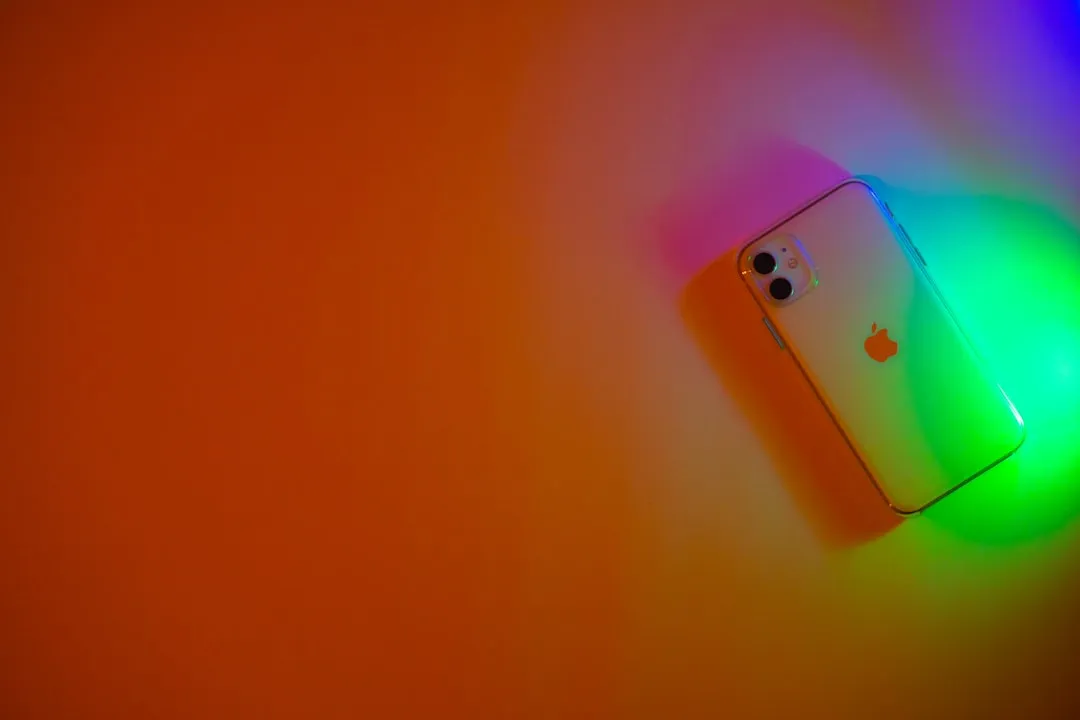
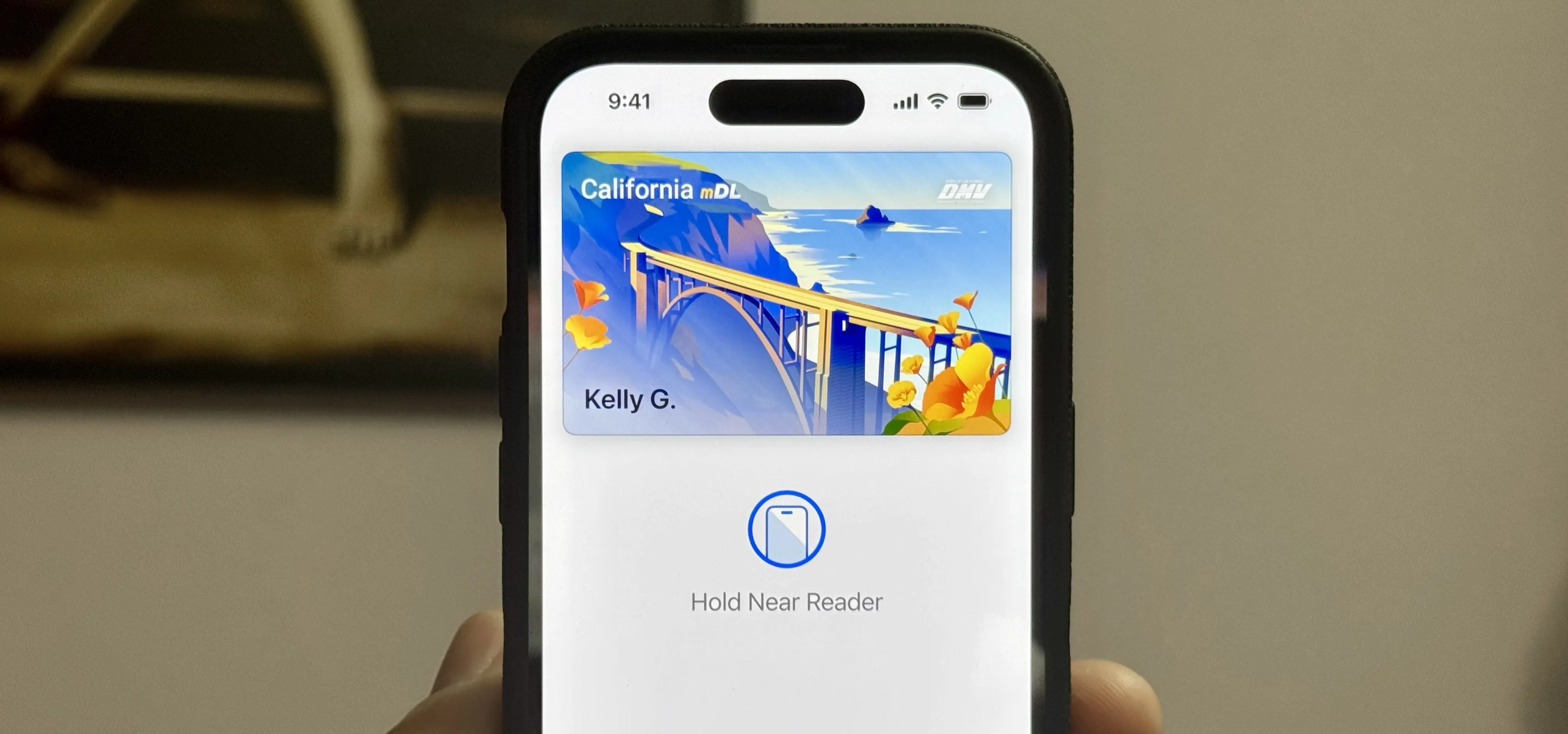
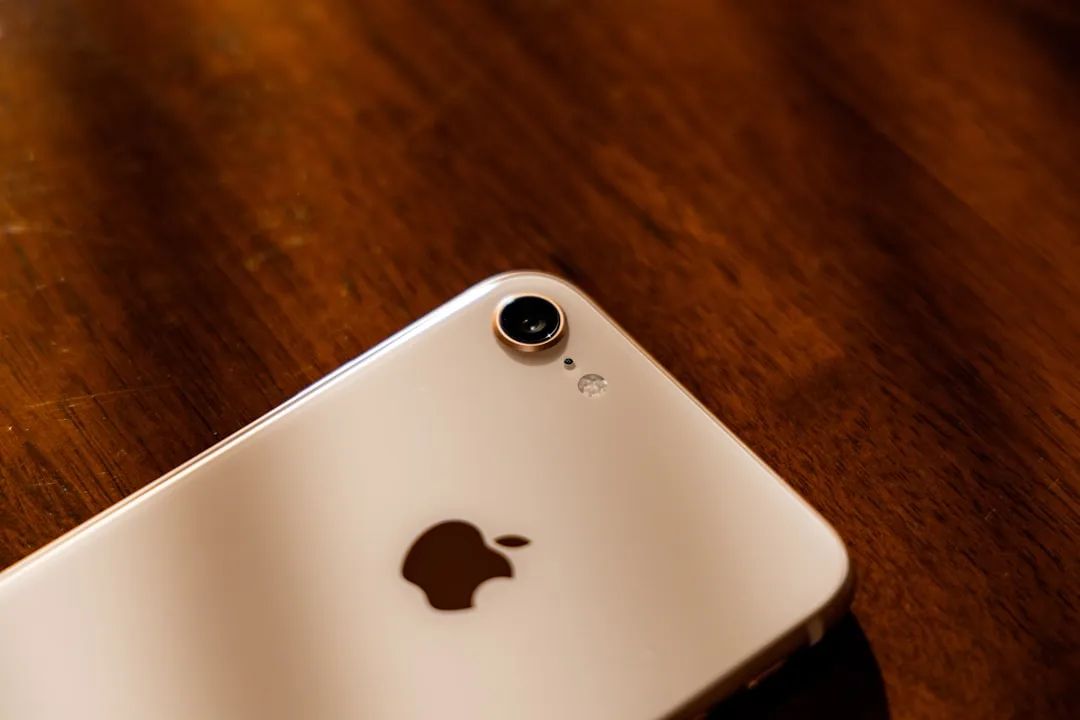
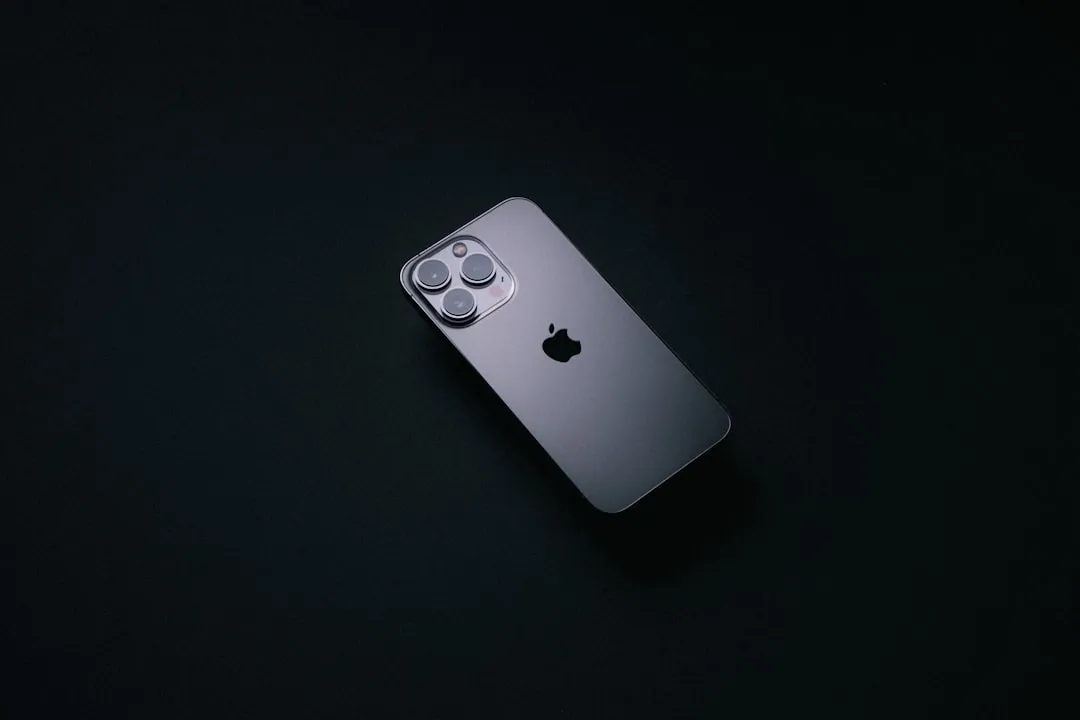
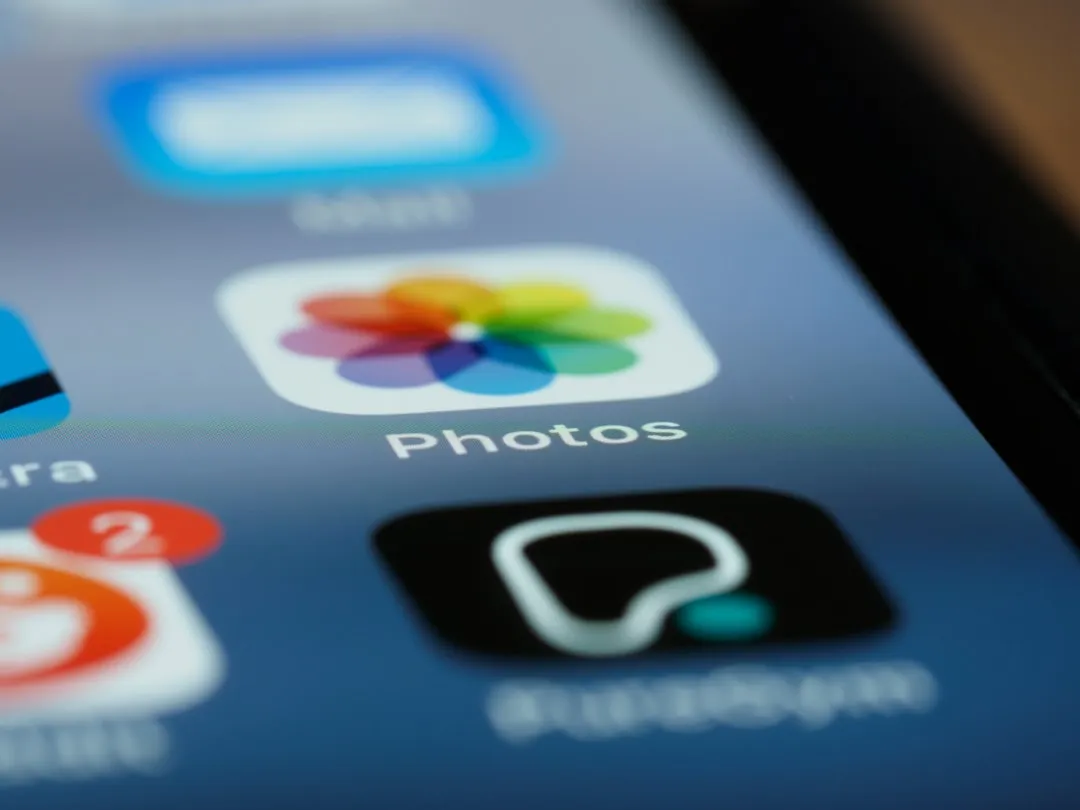
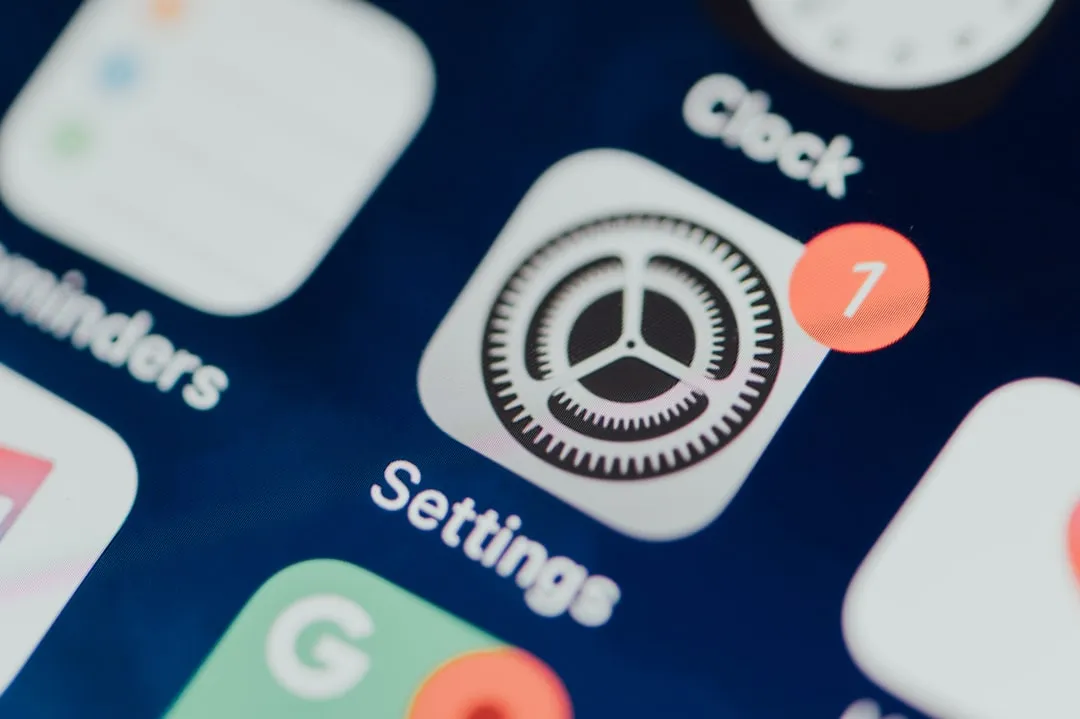
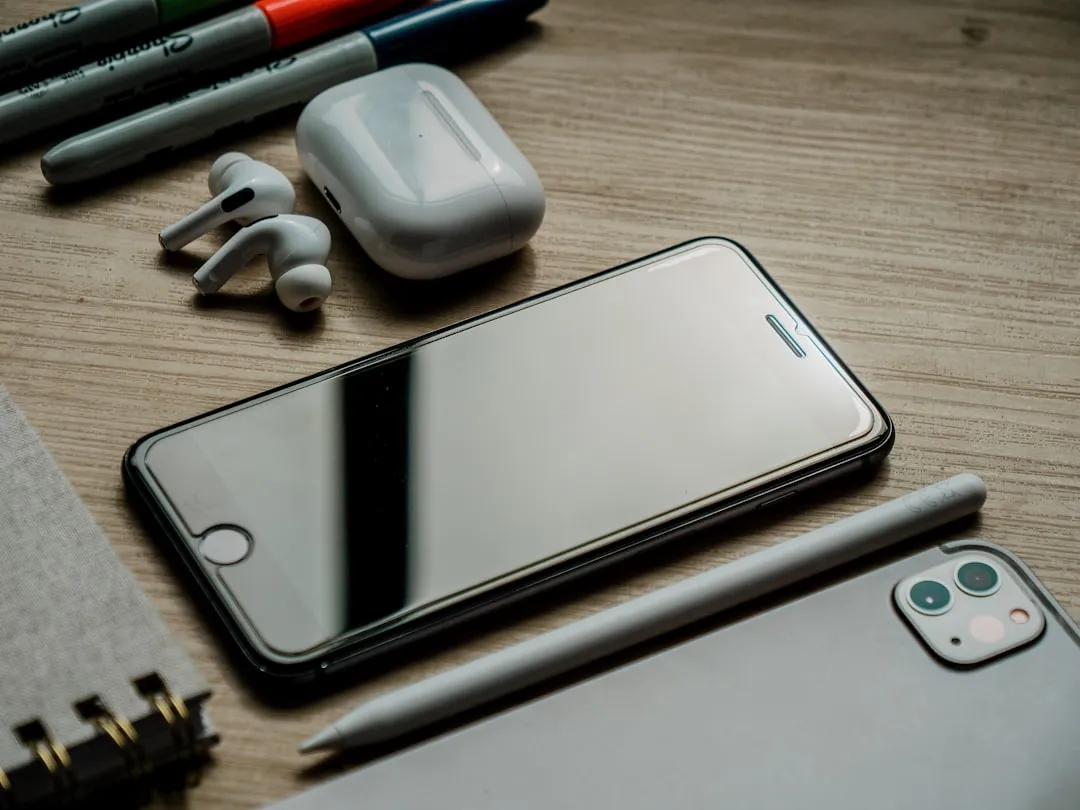

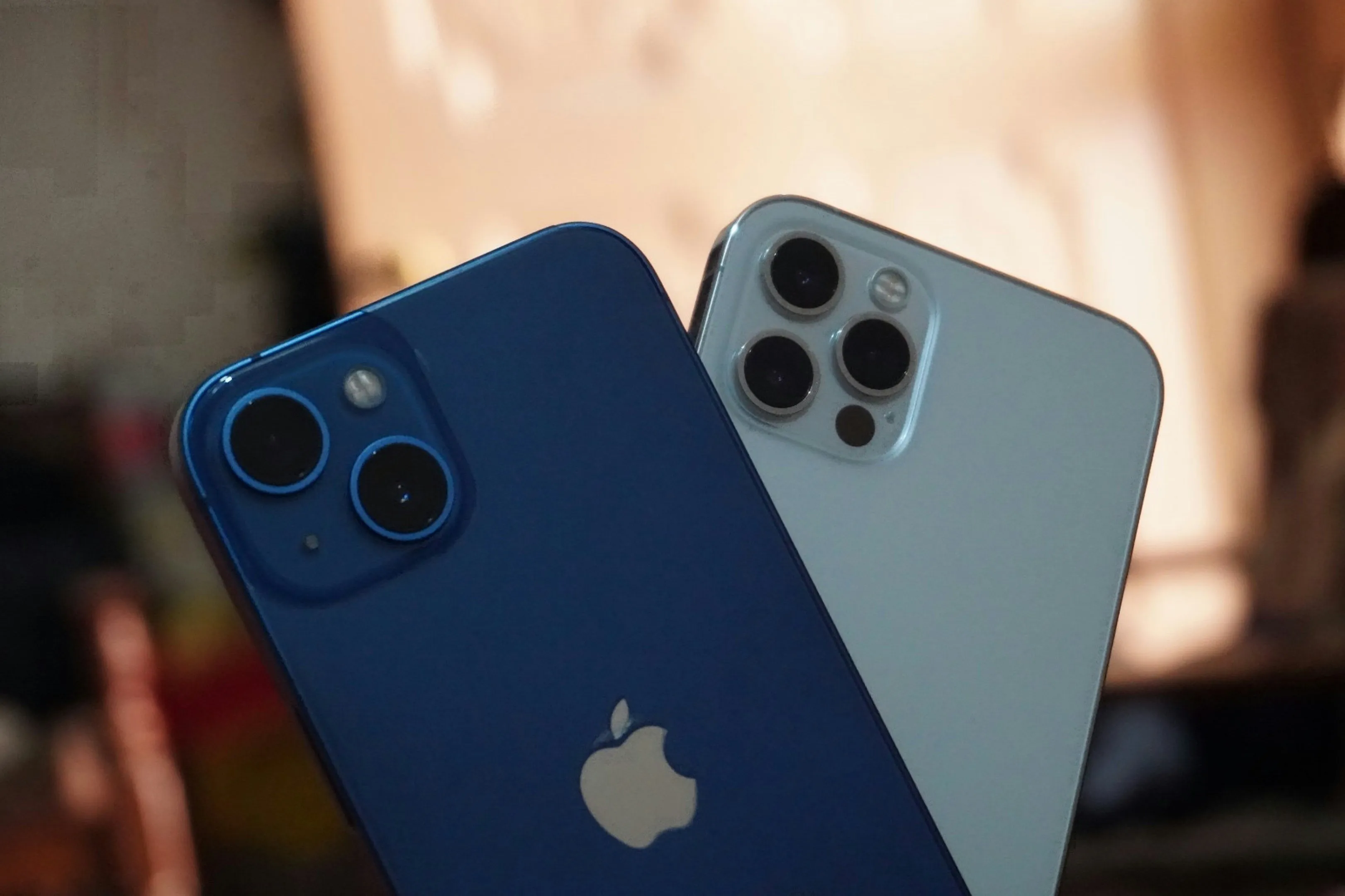

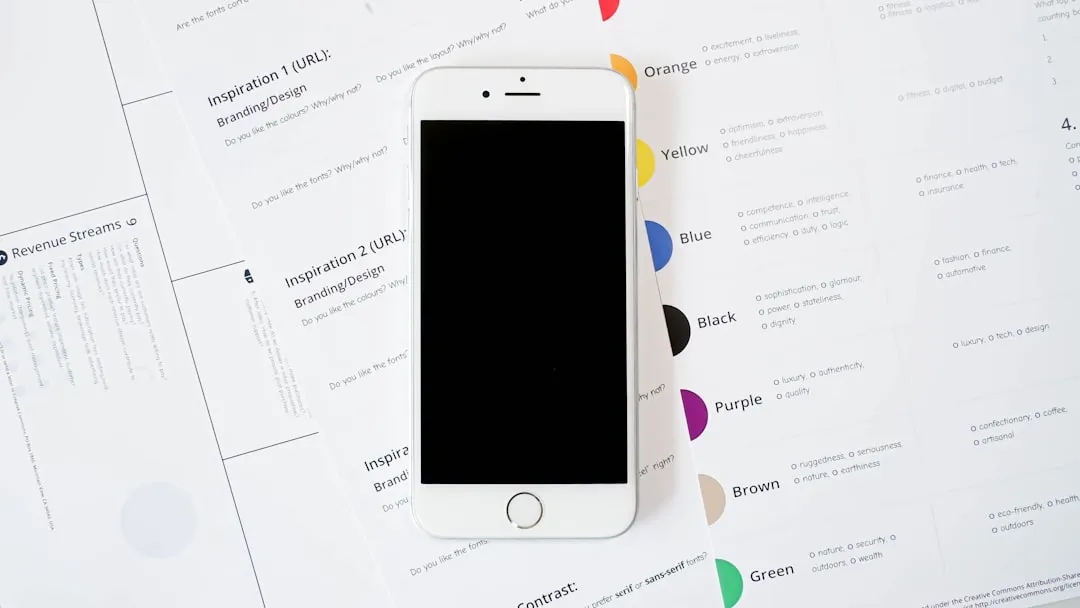
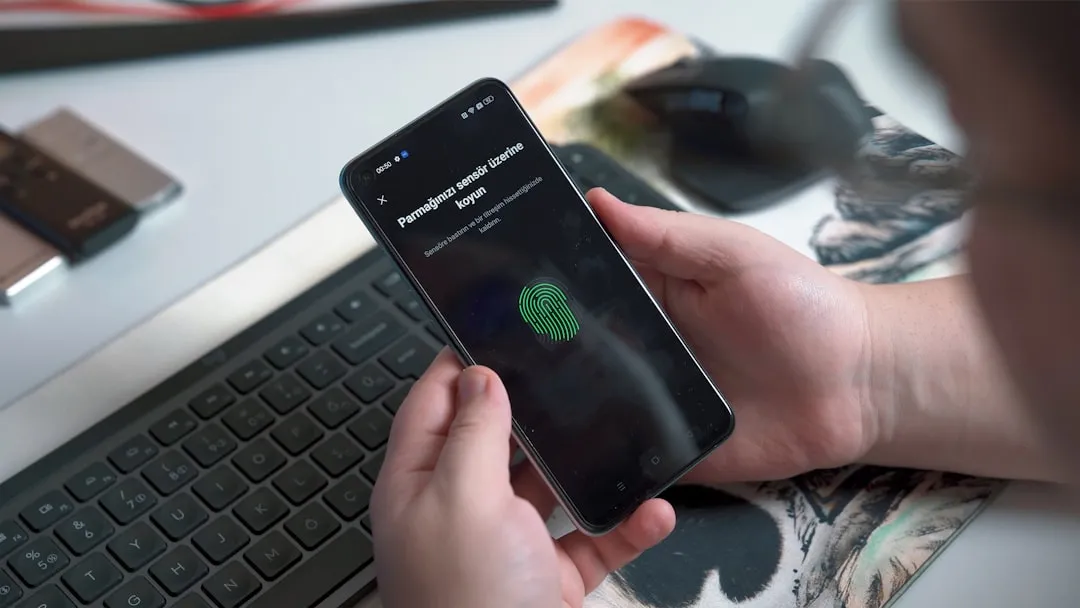
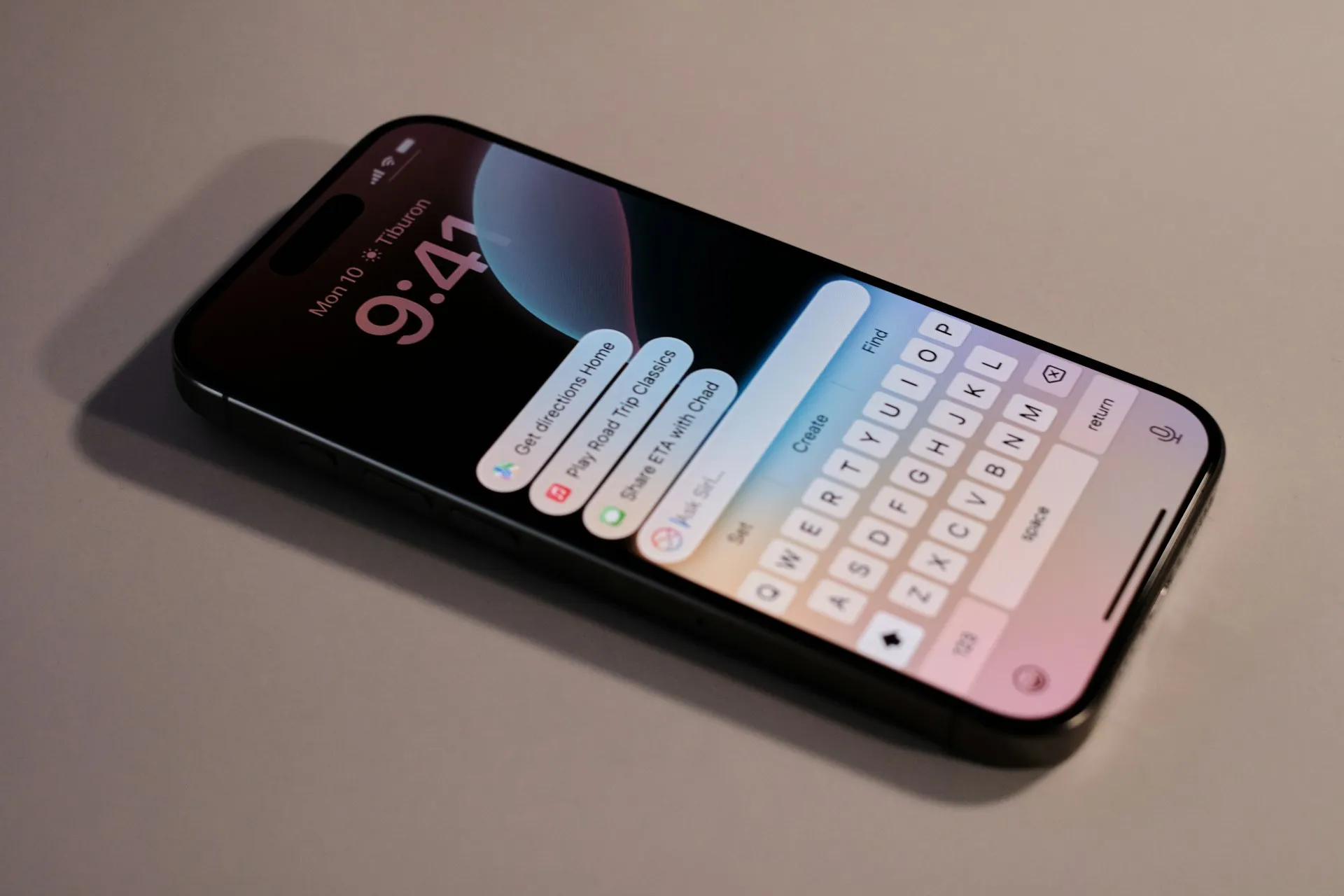

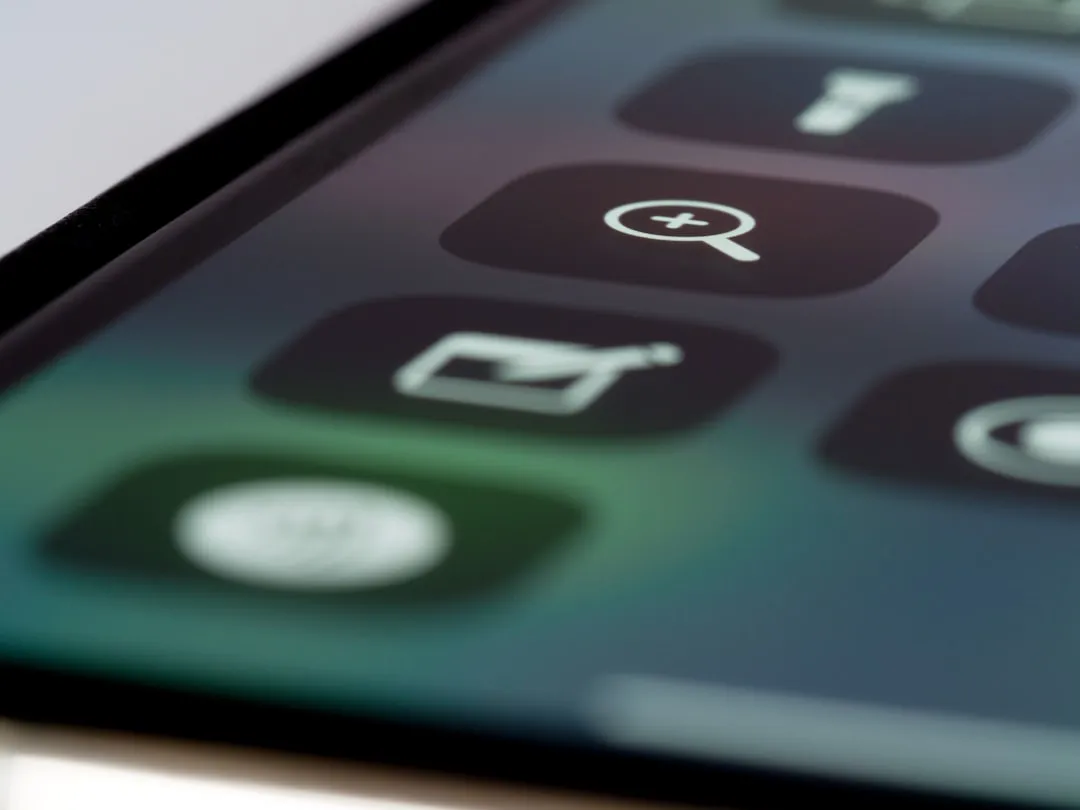
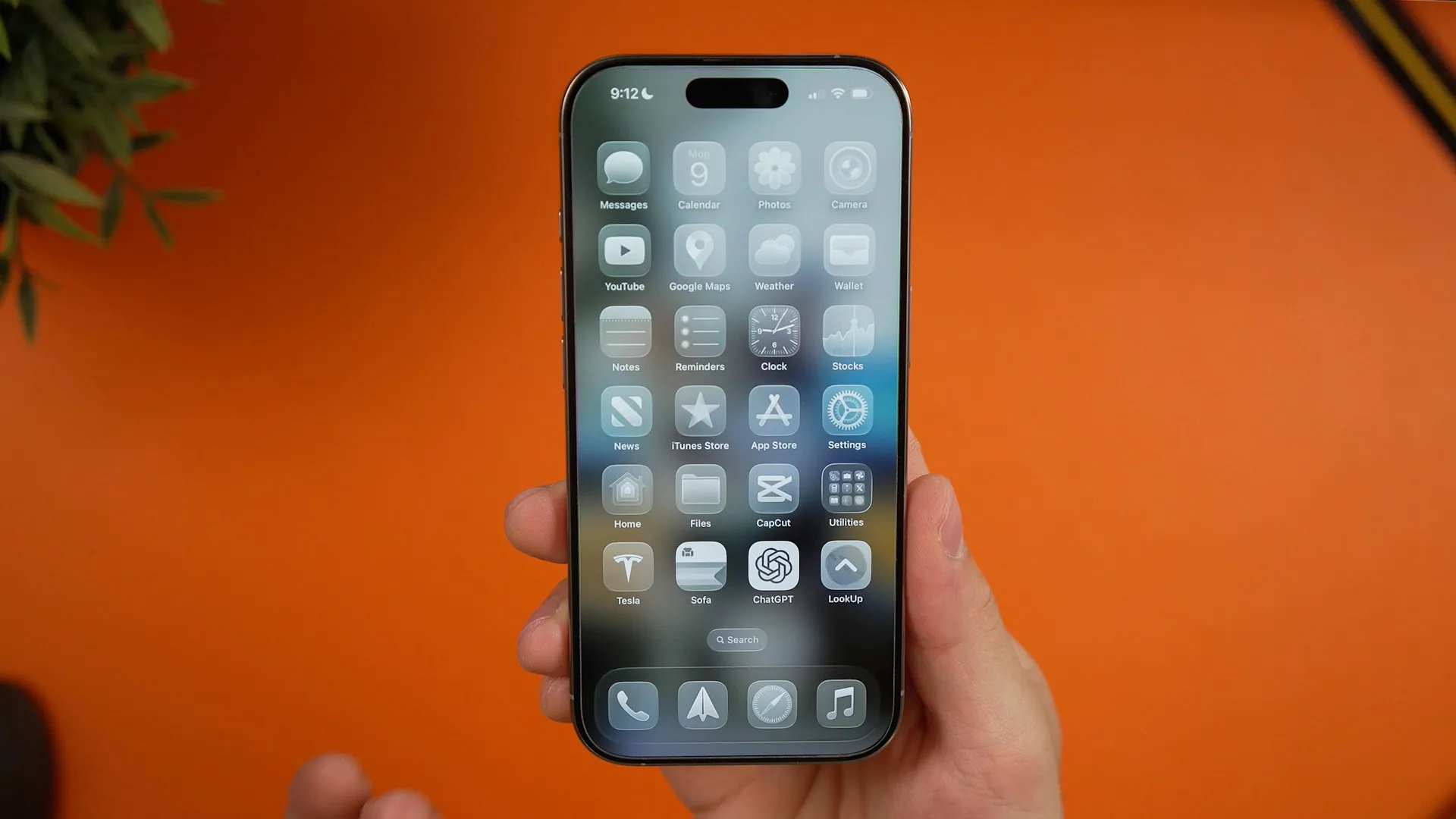
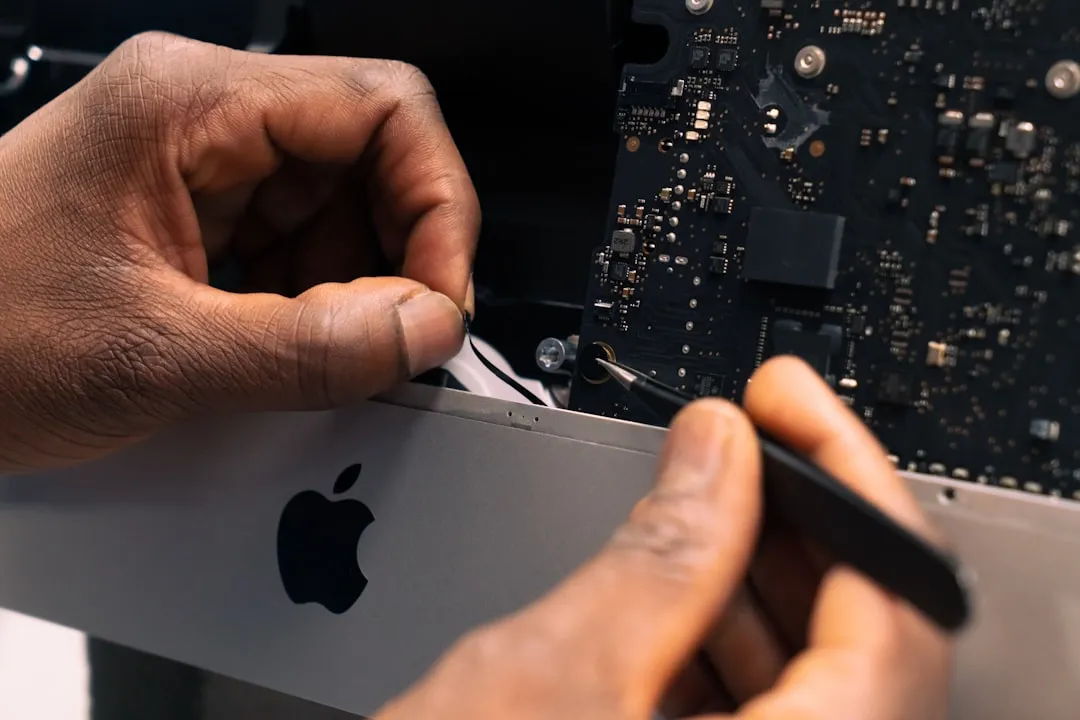
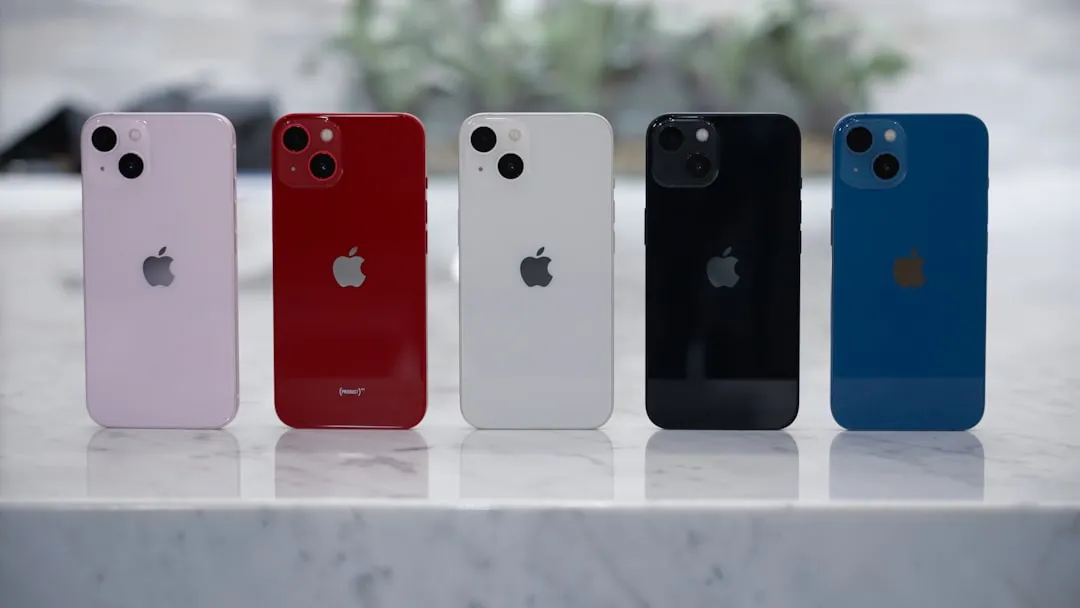
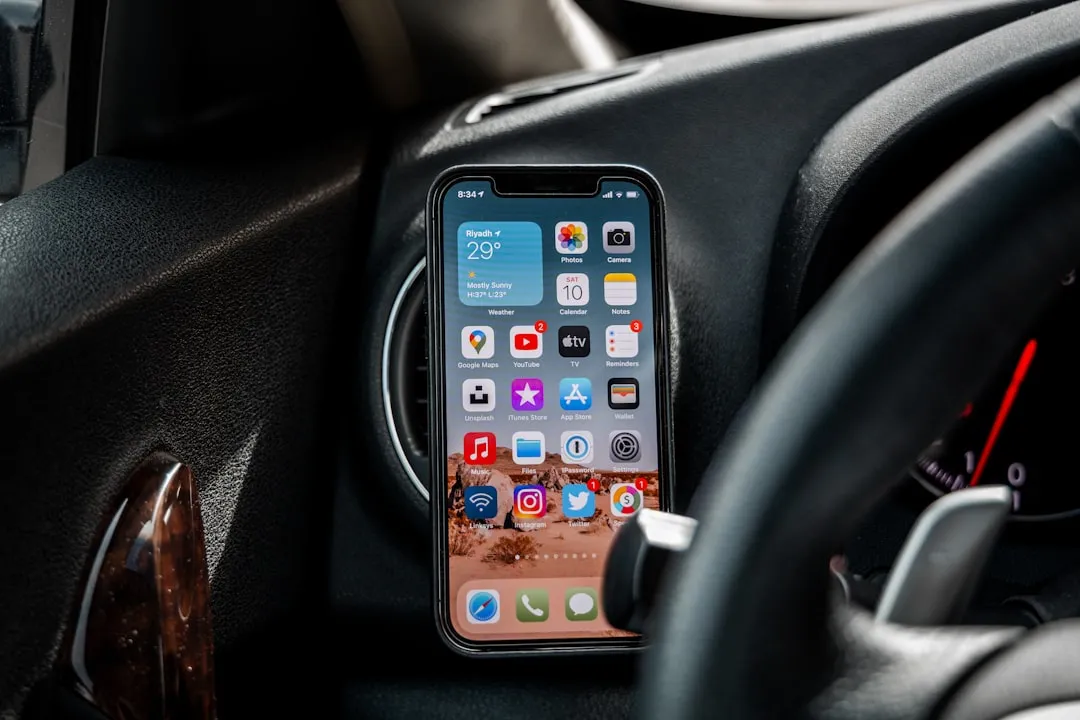


Comments
Be the first, drop a comment!